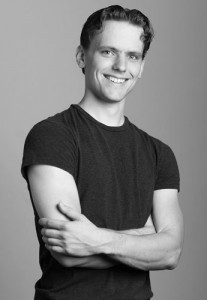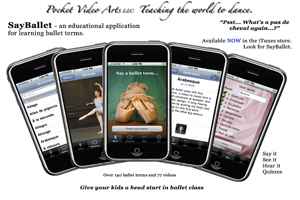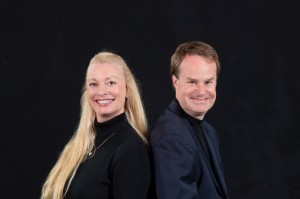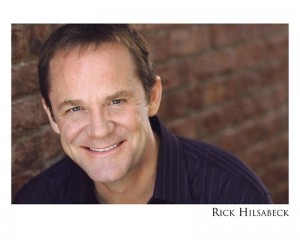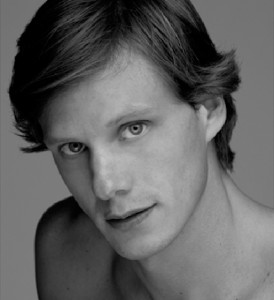Today I am just thrilled to introduce a lady who was with Chicago City Ballet Company when I studied there. Her name is Patti Eylar, and I can recall sitting at the side of the studio on the floor, watching her rehearse, and being amazed by her focus, her technique and her beautiful arms…
I have been fortunate to cross paths with many wonderful people in the dance world over the years, and I love having the opportunity to share some of their stories with you here on 4dancers…
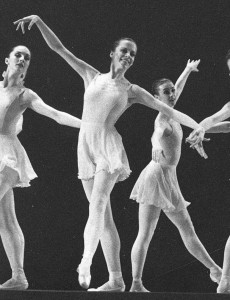 1. Can you tell readers a little about how you became involved with dance?
1. Can you tell readers a little about how you became involved with dance?
My mom started me in ballet at age 7 because she always wanted to take ballet herself but her family couldn’t afford it – she was the youngest of 10 siblings. About 10 years ago I reconnected with my first ballet teacher. I found her because she produced a video (Teaching the Most Important Levels in Ballet) and I saw the ad in one of the dance magazines. I was lucky to have such a great start.
2. Where did your dance career take you?
I studied at the ABT school and went to a lot of auditions in NY. I lucked into a job in Chicago (with the Lyric Opera Ballet, which later was the basis for Chicago City Ballet) and have been here ever since. The companies I danced with here went on not-so-glamorous tours – mostly bus tours – but I did get to tour France, Italy and Tunisia, and also the east and west coasts of the good ol’ USA. Even in a small company, I think the opportunity to travel AND dance is wonderful. True, sometimes your dressing room is the band room, but other times you find yourself in the most beautiful theatres.
When I was on scholarship at ABT they used some of us as snowflakes in “Nutcracker” and I got to dance at the Met – I know it was just “snow” and the regular company members were glad not to be in it, but it was quite a thrill for me. (Later, when they came to Chicago on tour I was asked to fill in at the last minute and dance “snow” at the Opera House.) Chicago City Ballet premiered at the Auditorium and I’ll never forget how exciting it was to be onstage for “Rubies” when the curtain went up.
3. What are you doing now in the field?
I’m the co-director of Chicago Ballet Arts, a small school with a big heart and a great faculty! We believe dance is good for everyone, attempt to make it affordable to everyone, and teach the real thing to everyone. I didn’t start CBA, it was founded by Clare Carmichael, but have been a co-director with Leslie Saunders for about 5 years now and am very proud of the school and what we accomplish there. We’re currently preparing for our annual spring concert and benefit (June 12 & 13 J) – I actually choreographed something, which is a first for me. Joffrey dancer and CBA faculty member Calvin Kitten will be our guest artist, along with Jennifer Goodman, a former Joffrey dancer.
I teach the Intermediate class at Lou Conte’s twice a week as well. I love teaching there – it’s a wonderful environment and I meet some 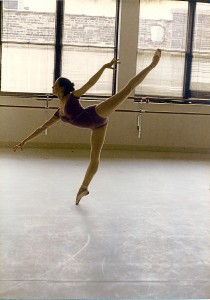 fantastic people. I still take class regularly – at Lou Conte’s and CBA mostly. I’m a member of the Board of the Civic Ballet of Chicago (the pre-professional performing company of the Ruth Page Foundation), the Joffrey Women’s Board and the Dance for Life Committee.
fantastic people. I still take class regularly – at Lou Conte’s and CBA mostly. I’m a member of the Board of the Civic Ballet of Chicago (the pre-professional performing company of the Ruth Page Foundation), the Joffrey Women’s Board and the Dance for Life Committee.
4. Can you talk a bit about your involvement with Dance For Life?
I attended Dance For Life many times when it first started but just became a co-chair last year. Everyone involved has been fantastic – Keith Elliott, co-chairs Joe and Kevin, and the whole committee. It’s obviously a great cause, but also a great performance every year and you really couldn’t ask for a better group of volunteers. I love seeing dancers from all the companies join together in the finale.
5. What do you think is the most important thing for a dancer to realize?
Wow, that’s a good question. I’m afraid this is going to come out the wrong way, but I think we have to realize that it’s a privilege to be able to share our art. Dancers provide the talent, of course – there wouldn’t be a company without them – but dancers need others to help present that talent to audiences, and audiences to come to the performances. The companies I danced with, CCB and Ballet Chicago, were often struggling financially so I was grateful to the directors, funders, Board members and audience members who did keep the company going. I was happy to be able to perform the ballets I loved and to have a great city to live in as well.
6. Has your view on dance changed over the years? If so, how?
I don’t think my view has changed much, except I’m more protective of the older dancer now, having been there. I know the young dancers have to have their space and time marches on, but younger dancers will be older dancers soon! It was frustrating to me to be finally feeling like I knew what I was doing and then to be replaced. I know there are practical considerations, so maybe my frustration is more with the way these things are generally handled.
7. Can you offer any tips for those who want to dance professionally?
I fully realize that it’s harder to get a job today than when I was 19, but even then it wasn’t easy. I was a few months away from going back to college when I landed my job with Maria Tallchief at the Lyric Opera Ballet, and then I ended up dancing professionally for 18 years. Perseverance is important, of course, but also realizing if you’re on the right track or not. I see some aspiring dancers who don’t seem aware of their weaknesses, so are doing nothing to improve them, and seem to have no sense of urgency! Look at the dancers in the company you aspire to – can you see yourself dancing with them? If not, why not? Is it something you can change, or do you need to look elsewhere? The internet is a big help in that regard – you can research the companies and discover where they get their dancers, height requirements, etc.
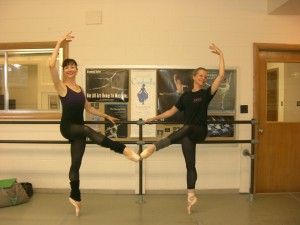 8. Would you share a favorite moment from your dance career with readers?
8. Would you share a favorite moment from your dance career with readers?
I had a lot of favorite moments, because overall, I loved being a dancer. There were certainly sad, frustrating and depressing moments – disappointments in casting, performance opportunities, abilities, etc. But I loved going to work every day – how great to have a job doing what you love that also keeps you in shape. I only had one injury, a stress fracture, that kept me out of class for a few weeks, but other than that I never missed a day. I loved learning Balanchine ballets, which I didn’t grow up with, but are just indescribably wonderful to dance – even for corps members, as I usually was.
I know most dancers get tired of dancing “Nutcracker”, but I just really enjoyed performing it. Most of the time our regular seasons were short, but we did enough “Nutcracker” performances to really get comfortable in a part, and I loved my roles so it was just a great experience all around. Taking class from and being directed by Larry Long was part of it – I had been taking class from him for over 30 years when he passed away last summer – a tremendous loss for us all. His sense of humor was legendary – every year I looked forward to the time in rehearsal when he would act out the mouse counting the chimes as the clock struck midnight – a priceless rendition….
9. What was it like to work with Maria Tallchief?
Life-changing, no question. I would not have had a career at all without her. Not everyone seemed to be able to work for her – she’s very dramatic! But she had a way of making every little detail VERY important – and guess what? That’s what classical ballet requires. If you saw 100 dancers in a class – who would you watch? The ones who are treating it as an exercise class or the one who is displaying musicality, attention to detail, artistry – even at the barre? I was not a prodigy or virtuoso dancer by any stretch of the imagination, but I actually think that’s more inspiring – you actually can make a career for yourself even if you can’t manage 32 fouettes! But you do have to respond to what your teacher or director is telling you. It took me awhile to accept what Miss Tallchief was teaching – I did not have any SAB training – but I did come to understand what she meant and it helped me immensely as a dancer. It wasn’t easy though, and I do have some good stories….
10. What is next for you in terms of your career?
I’m very happy co-directing CBA and teaching at Conte’s. I love teaching – I always hope I can be helpful.






